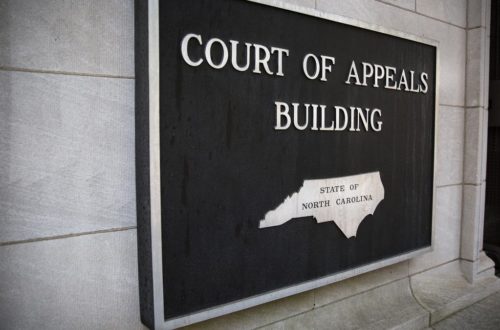The recent North Carolina Court of Appeals decision in LaMarre v. Martinez addresses an action to quiet title between parties to a real property transaction. Specifically, the court provides guidance for determining the applicable statute of limitations.
Actions to Quiet Title
In North Carolina, an action to quiet title may be brought to determine the validity of adverse claims by multiple persons to an estate or an interest in real property. The court’s role in such actions is to determine the rightful owner to a particular piece of real property. Disputes over rightful ownership to real property often arise in the context of interfamilial transfers or transfers that are inaccurately recorded.
The LaMarre Case
The plaintiff in LaMarre sought to void a transaction in which her brother transferred his interest in a piece of real estate to the defendant. The plaintiff contended her brother did not have a valid interest to transfer because he fraudulently obtained his interest via a transfer of the same piece of real estate from the plaintiff’s mother. Although she did not raise this argument until her appeal, the plaintiff supported her contention by asserting that her mother lacked the mental capacity to convey her interest in the real property to her son.
The court in LaMarre did not directly address the merits of the plaintiff’s claim. Instead, it focused on identifying the underlying theory for her claim to invalidate the real estate transaction involving the defendant: fraud. The court reasoned that if the plaintiff intends to prove the transaction between her brother and the defendant is void and unenforceable, she must first prove the initial transaction between her brother and her mother was unenforceable as a result of her brother’s fraud. Additionally, because the statute providing the right to seek to quiet title does not provide a statute of limitations, the statute of limitations to the underlying theory of relief applies.
In LaMarre, the allegedly fraudulent conveyance occurred in 2001 and was recorded shortly thereafter. The second conveyance, between the plaintiff’s brother and the defendant, occurred in 2015, and the plaintiff initiated her action shortly thereafter. Applying the three-year statute of limitations for fraud, the court concluded that the plaintiff’s claim was time-barred. Troubling as this conclusion may first appear, the court reasoned that plaintiff knew or should have known the facts sufficient to bring an action to void the 2001 conveyance immediately upon discovering its recording.
Thus, LaMarre provides an important guidepost to potential litigants contemplating an action to quiet title. Although the quiet title statute is silent on a statute of limitations, there is a limited time in which to bring such a claim. Consider the underlying theory of relief – the reason for seeking the court’s ruling on rightful ownership of a piece of real property – to determine the applicable statute of limitations.
If you have questions regarding a real estate dispute, please give us a call at (704) 457-1010 to schedule a consultation. For more information regarding our firm, attorneys, and practice areas, please visit https://lindleylawoffice.com/.




